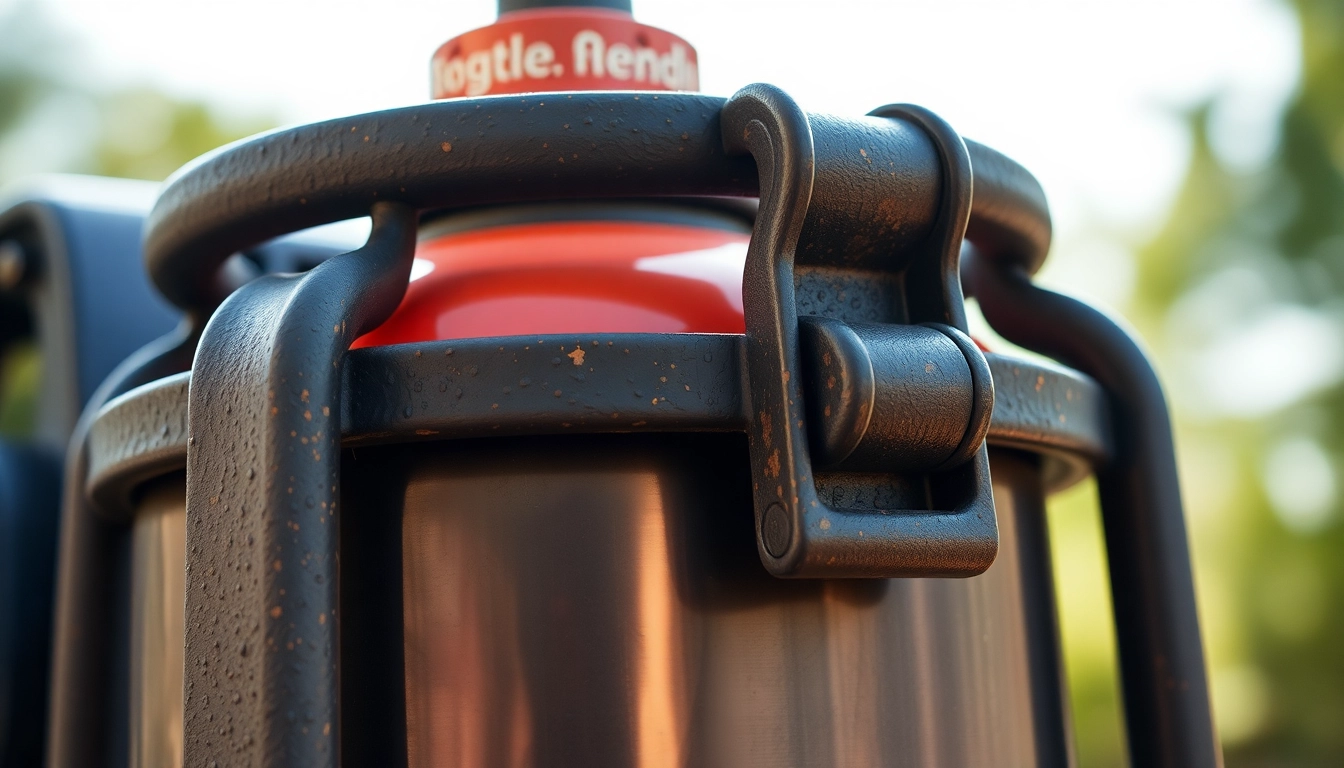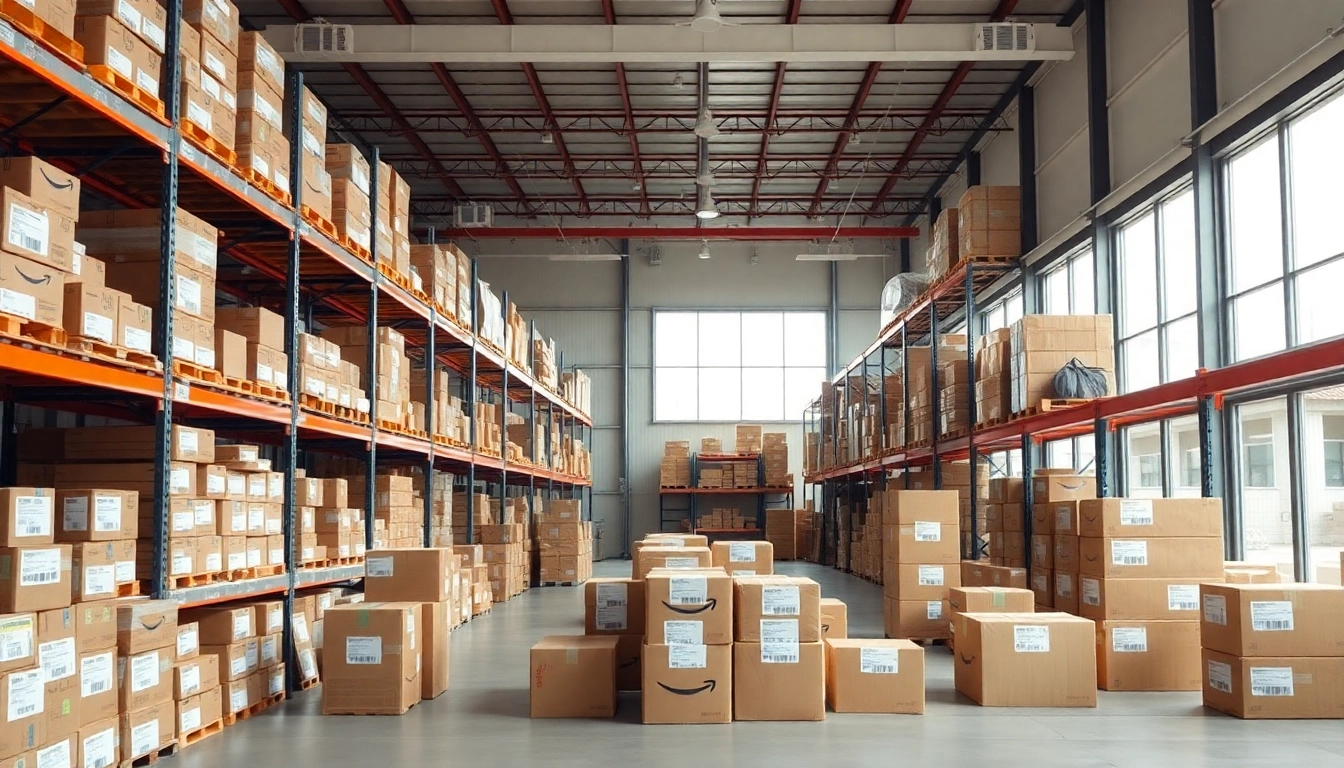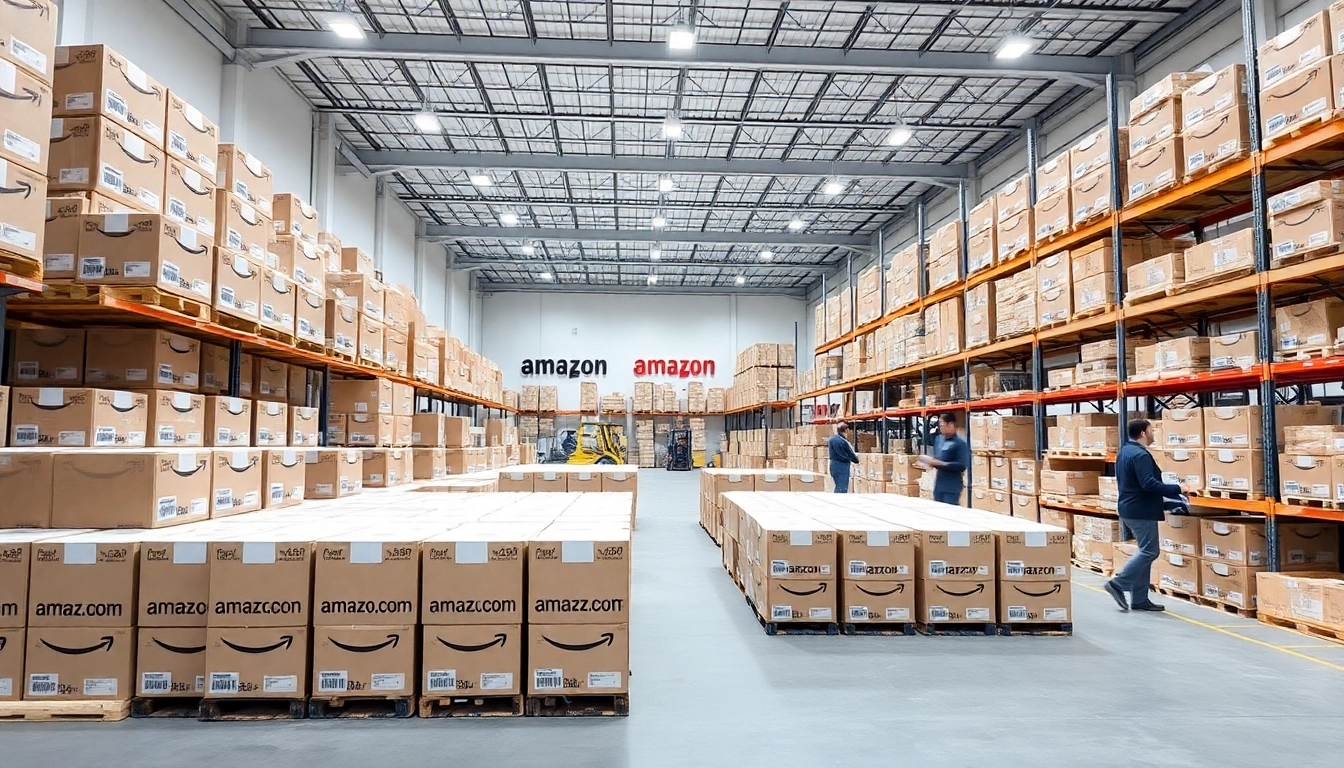Understanding Gas Bottle Holders
Gas bottle holders, essential for securely storing gas cylinders, come in various designs and materials to meet diverse needs. Proper choices can significantly enhance safety and convenience, particularly in industrial environments, outdoor settings, or during recreational activities. Whether you’re camping, working with gases, or managing outdoor cooking setups, selecting the right gas bottle holder is crucial. This guide delves deep into the multifaceted world of gas bottle holders, addressing everything from types and materials to installation and safety regulations.
What is a Gas Bottle Holder?
A gas bottle holder is a device designed to securely hold and support gas cylinders or bottles, preventing them from tipping over and ensuring safe access and usage. These holders are essential not only for safety in environments where gases are utilized but also for regulatory compliance in many industrial sectors. Gas bottle holders can vary widely, accommodating different sizes and types of gas containers, including propane, butane, welding gases, and others.
Types of Gas Bottle Holders Available
Gas bottle holders can be categorized based on several factors including their design, intended use, and installation method. Here are some common types:
- Portable Holders: Ideal for camping or outdoor cooking, these lightweight and easy-to-transport options often come with secure straps or brackets to hold the gas bottle firmly in place.
- Wall-Mounted Holders: These are fixed to walls or other structures, optimizing space while providing safe storage for gas bottles. They’re great for garages, workshops, or kitchens.
- Freestanding Racks: Suitable for both indoor and outdoor storage, these racks can hold multiple cylinders, allowing for easy organization and access.
- Vehicle-Specific Holders: Designed for installation in vehicles, these holders allow safe transportation of gas bottles, ensuring they remain secure during travel.
Common Materials Used in Gas Bottle Holders
The materials used in gas bottle holders must be durable and capable of withstanding various environmental factors. Common materials include:
- Steel: Known for its strength and durability, steel gas bottle holders are often used in industrial settings or for permanent installations.
- Aluminum: Lightweight and resistant to rust, aluminum holders are favored for portable applications and camping.
- Plastic: High-density plastic is used in some holders for lightweight applications, often featuring UV protection for outdoor use.
Key Features to Consider
When choosing a gas bottle holder, it’s essential to assess certain features that contribute to its effectiveness and safety.
Assessing Load Capacity
The load capacity of a gas bottle holder is critical, particularly when accommodating larger or heavier gas cylinders. Always check the specifications to ensure the holder can accommodate the size and weight of your gas cylinders. Most holders will provide detailed information about their maximum load capacity, allowing you to make an informed choice.
Importance of Stability and Safety Features
Stability is paramount in preventing accidents. Look for holders with features such as:
- Anti-Tip Designs: Many holders come equipped with anti-tip mechanisms that stabilize the cylinder, minimizing the risk of it falling over.
- Mounting Options: For permanent installations, holders that can be securely mounted or anchored provide added stability, especially in windy outdoor conditions.
- Safety Straps or Chains: These are perfect for securing gas cylinders, providing an extra layer of safety, particularly in mobile setups.
Portability vs. Permanent Fixtures
Decide whether you need a portable holder for activities like camping or a permanent fixture for a workshop or garage. Portable holders are often designed for easy setup and dismantling, while permanent ones may require more installation effort but offer greater security and durability over time.
Installation and Usage Tips
Proper installation and usage of gas bottle holders are crucial to ensure safety and functionality.
How to Properly Install a Gas Bottle Holder
When installing a gas bottle holder, follow these steps:
- Choose the Right Location: Select a location that is dry, well-ventilated, and away from direct sunlight or heat sources.
- Use Appropriate Fasteners: When using wall-mounted holders, ensure that you use screws and anchors that are appropriate for the wall material.
- Follow Manufacturer Instructions: Always adhere to the guidance provided by the manufacturer for installation to avoid improper attachment.
Best Practices for Safe Usage
To ensure the safe use of gas bottle holders:
- Always store gas bottles in an upright position to prevent leakage from valves.
- Regularly inspect holders for signs of wear or damage, replacing any defective components immediately.
- Ensure that safety chains or straps are used if provided to keep the cylinder secured.
Maintenance Tips for Longevity
Regular maintenance can prolong the life of your gas bottle holder:
- Clean Regularly: Remove any dirt or debris from the holder to prevent rust or corrosion.
- Check Fastenings: Periodically ensure that all screws and fittings remain secure, tightening them as necessary.
- Inspect for Damage: Regularly check for any bends, cracks, or damages, replacing parts as needed to maintain safety.
Comparing Top Brands and Models
Identifying the right brand and model can be overwhelming due to the plethora of options available. Researching top brands can significantly aid your decision-making process.
Leading Gas Bottle Holder Brands
Some reputable brands in the market include:
- Justrite: Known for high-quality safety equipment, Justrite offers a range of gas cylinder stands and holders for industrial use.
- ARB: ARB specializes in off-road accessories, providing durable and robust gas bottle holders designed for outdoor adventures.
- Rhino-Rack: Offers a variety of holders designed for easy installation and portability, appealing to outdoor enthusiasts.
Price Range and Features
Gas bottle holder prices can range greatly based on materials, design, and brand. On average, prices may vary from $30 for simple portable designs to over $100 for more complex models with higher load capacities and additional safety features. Consider your budget alongside the necessary features to select the best option.
User Reviews and Recommendations
Reading user reviews can provide invaluable insights into product performance and durability. Positive feedback often emphasizes a holder’s stability, ease of use, and quality build, while negative reviews might highlight issues like poor construction or inadequate load capacity. Pay attention to user experiences when narrowing down your options.
Safety Standards and Regulations
Ensuring compliance with safety standards is crucial when selecting and using gas bottle holders, particularly in professional and industrial environments.
Understanding Gas Safety Regulations
Regulations vary by region but generally focus on the safe storage, handling, and use of gases. Organizations such as OSHA (Occupational Safety and Health Administration) in the United States provide guidelines on Safe Practices for Gas Cylinder Storage that should be adhered to. Familiarize yourself with local regulations to avoid legal repercussions.
Best Practices for Compliant Storage
To maintain compliance with safety regulations, consider the following best practices:
- Avoid overcrowding storage areas with gas bottles; each should have enough space to prevent accidents.
- Ensure that each cylinder is clearly labeled, indicating its contents and hazards.
- Provide adequate ventilation to storage areas to prevent the accumulation of potentially dangerous gases.
How to Avoid Common Safety Mistakes
Common mistakes include improper stacking, neglecting regular inspection of gas bottles, and failing to use retaining straps or chains. Educating users about the correct practices can enhance safety and compliance in the workplace and home environments, ensuring that gas bottles are always securely stored and handled.













Leave a Reply